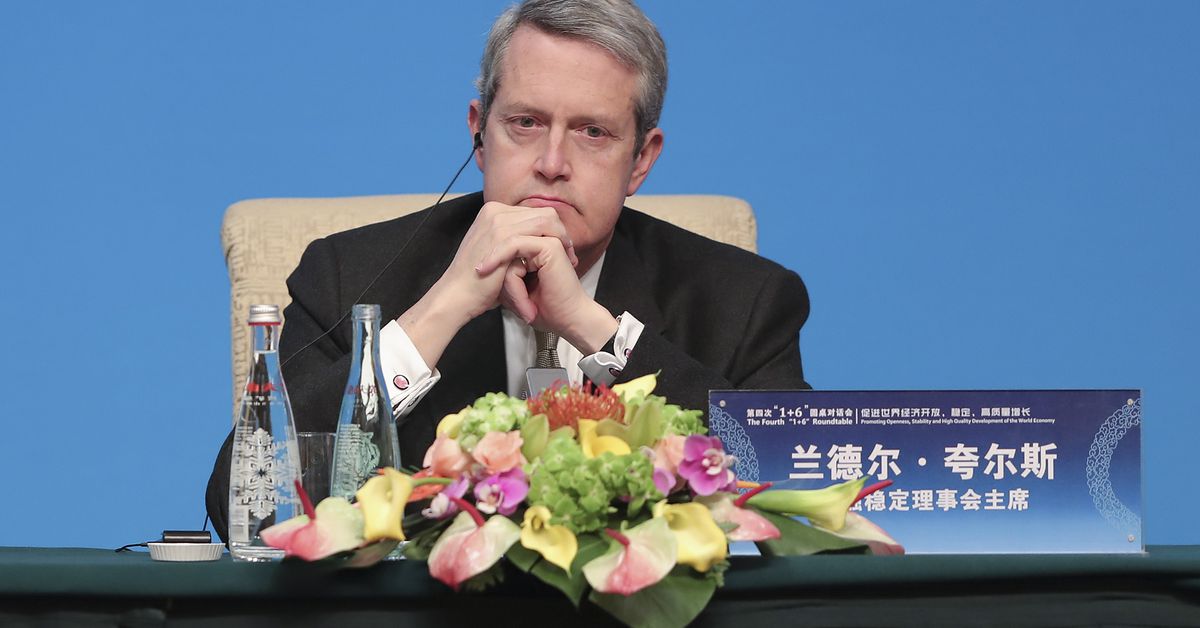A Financial Stability Board (FSB) stocktake has found that stablecoins, or cryptocurrencies pegged to real-world assets, are currently not being used at a significant scale for mainstream payments.
The finding was mentioned in an FSB roadmap and progress report for enhancing cross-border payments on Wednesday. The FSB published its first targets for improving cross-border payments in October last year. Wednesday’s progress report acknowledged that the market capitalization of existing stablecoins has continued to grow in the last two years, and that stablecoins could contribute to facilitating better cross-border payments.
The FSB is a Bank for International Settlements-funded entity that provides input into the global financial system. It is currently chaired by Federal Reserve Vice Chair Randal Quarles.
Overall, stablecoin issuers have minted more than $133 billion worth of tokens, according to CoinGecko.
“From a policy perspective, there is value in assessing whether and how the use of well-designed global [stablecoins] could enhance cross-border payments. An action to that extent has been added,” the report said.
Large players in cross-border payments, like MoneyGram, are already looking to use private stablecoins like USDC in speeding up cross-border transactions, and regulators are getting nervous.
The FSB roadmap is only the latest institutional document to consider the role of private stablecoins in cross-border transactions, and how they should be regulated: last week, the BIS published guidance on how international payments laws could be applied to stablecoins.
Meanwhile, global financial institutions are encouraging central banks to explore CBDCs. The Bank for International Settlements (BIS) along with the International Monetary Fund (IMF) and the World Bank (WB) said central banks must consider the cross-border implications of CBDCs. Last month, Benoit Cœuré, the head of BIS Innovation Hub, signaled central banks should speed up work on CBDCs in light of stablecoins.
“CBDCs will take years to be rolled out, while stablecoins and crypto assets are already here. This makes it even more urgent to start,” said Cœuré.
The FSB roadmap also said that the implementation of stablecoin regulations across its member jurisdictions is still at a very early stage, and that countries are considering varied approaches. Authorities in jurisdictions have identified several issues that might be getting in the way of making “concrete recommendations” including redemption rights, wallet providers and the management of stablecoin reserve assets, according to the report.
“As a next step, the FSB will review, in consultation with other relevant [Standard-Setting Bodies] and international organisations, the FSB high-level recommendations and how any gaps identified could be addressed by existing frameworks, and update recommendations if needed, by July 2023,” the report said.
The roadmap also refers to the latest research and studies in CBDCs, and how they might contribute to improving cross-border payments. A recent BIS study concluded that CBDCs could potentially slash costs and processing time for cross-border settlements.
The FSB roadmap says that the IMF and WB should be prepared to provide technical assistance on how to facilitate cross border use of CBDCs if requested as early as July 2022.




